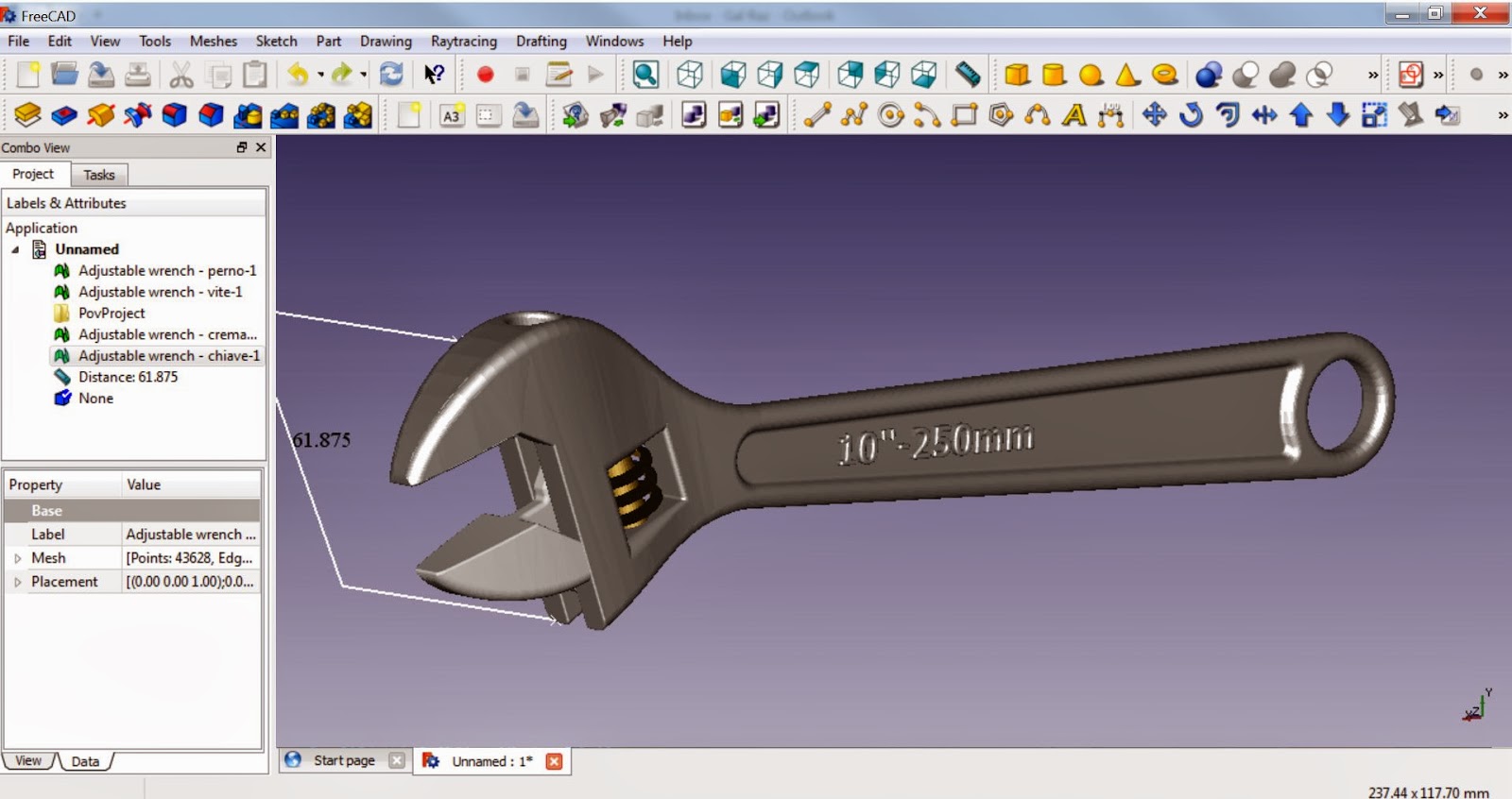-
Notifications
You must be signed in to change notification settings - Fork 0
Hardware Documentation

Documentation isn't just for code anymore, now MechEs can use it too! The goal of hardware documentation is for later researchers to be able to use your documentation to duplicate your component/assembly or make a better version based on the lessons you learned throughout your process. To document these intangibles, it is helpful to break mechanical documentation up into design intent, fabrication process, and bill of materials.
Documentation of a component's design intent should ideally be a paragraph detailing the 'why' of the part. If you are making an assembly of multiple parts, write a design intent paragraph for each part (within reason, design intent for a bolt is unnecessary). The design intent paragraph should describe two things: the component's function and how it's design helps it perform the function. This paragraph should also document any hard problems you encountered while designing the component. Someone looking to remake/improve the part should be able to read your documentation and understand why you made your design choices.
Fabrication process documentation is important for later analysis of speed/ease of manufacturing and stress/strain information. A brief description of the main steps you went through and the tools you used (with comments if you feel a better tool would have been more appropriate) should be satisfactory. Someone looking to remake/improve the part should be able to use your fabrication process as an instruction manual.
A bill of materials (BOM) serves the dual purposes of being both a list of components and an overall pricing chart. Your BOM should list each part you bought and each raw material you purchased along with prices, quantities, and location/website purchased or obtained. Someone looking to remake/improve the part should be able to use your BOM as a shopping list. For professional BOM advice, see the Helpful Links section.
- Arduino - Embedded Microcontroller Platform
- Asana - Task Management Software
- Documentation - Github Wiki Use
- GitHub - Version Control Software
- Electrical Schematics - Software for Designing PCBs & Drawing Circuit Diagrams
- Raspberry Pi - Single-Board Computer Platform
- ROS - Robot Operating System
- Slack - Communication Platform
- Ubuntu - Operating System
- XBee - Microcontroller-compatible radio system